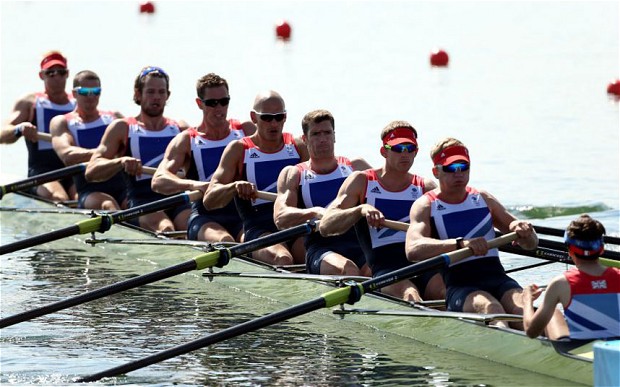The GB Rowing Team schedule is close to full time. We train 49 weeks a year, from the middle of September to the end of August.
Consequently, we collect a lot of different data sets, all of which are discipline specific. But we can broadly break it down into two categories: performance data, and training/health and wellbeing data.
Performance data is exclusively timed work, including any kind of varied efforts or interval sessions. It’s all recorded for time so that we can analyse it.
We have one database that contains data on every session we’ve run. We calculate the time that we think it will take to win a gold medal, and train to that target.
Training/health and wellbeing is all about monitoring the impact of training on the athletes. We collect blood lactate data, which helps assess intensity. It’s not just about training hard; it’s about training smart.
So, we do collect a lot of data, and it’s all collected in different databases. It’s very siloed.
The first stage we need to move to is getting it all in one place – that way, you can see all you need to for any athlete, any time. You can then take one athlete, one boat, one squad and look at it any time.
The big mission is trying to make the current information comparable with historical data, so we can look for trends.
It’s not all about performance or finding the perfect rower, though. Data has many uses. When it comes to injury, football and rugby teams have done a good job of trying to pick up and predict injuries.
Rowers get quite a lot of back and wrist issues that can last. We want to know the indicators that make people more susceptible to injury. What puts them at higher risk?
Another key area is predicting future champions. Relatively, we’re not a big participation sport, so when people take it up, we need to be able to guide them and see that they’re on the right track.
We should be able to know if someone will flourish in a couple of years, even if their performance right now isn’t up to scratch.
Also, we want to peak for the Olympics, but we can always do better at learning how to get people at their peak at the right time. The answer is in combining the different types of data to determine what’s important and when.
That’s part of the reason that we partnered with SAS. The first step is getting the data in order and in one place. We need to be able to mine and analyse data on individuals and groups.
We can’t do that immediately at the moment. For instance, we need to look for the difference between heavy endurance and strength periods of training to improve the efficiency of effort.
>See also: Scottish pride: Inside Glasgow's technology masterclass at the 2014 Commonwealth Games
We’re also looking for the things that we don’t yet know. Are there some patterns that we haven’t thought about that could have a big impact? I’m sure that there are, but that’s the excitement of the unknown.
It’s also useful to look at other sports where data has been tried and tested. It might well be that we see a number of different sports sharing ideas with one another in the not too distant future. After all, we’re all striving to achieve the same goals.







